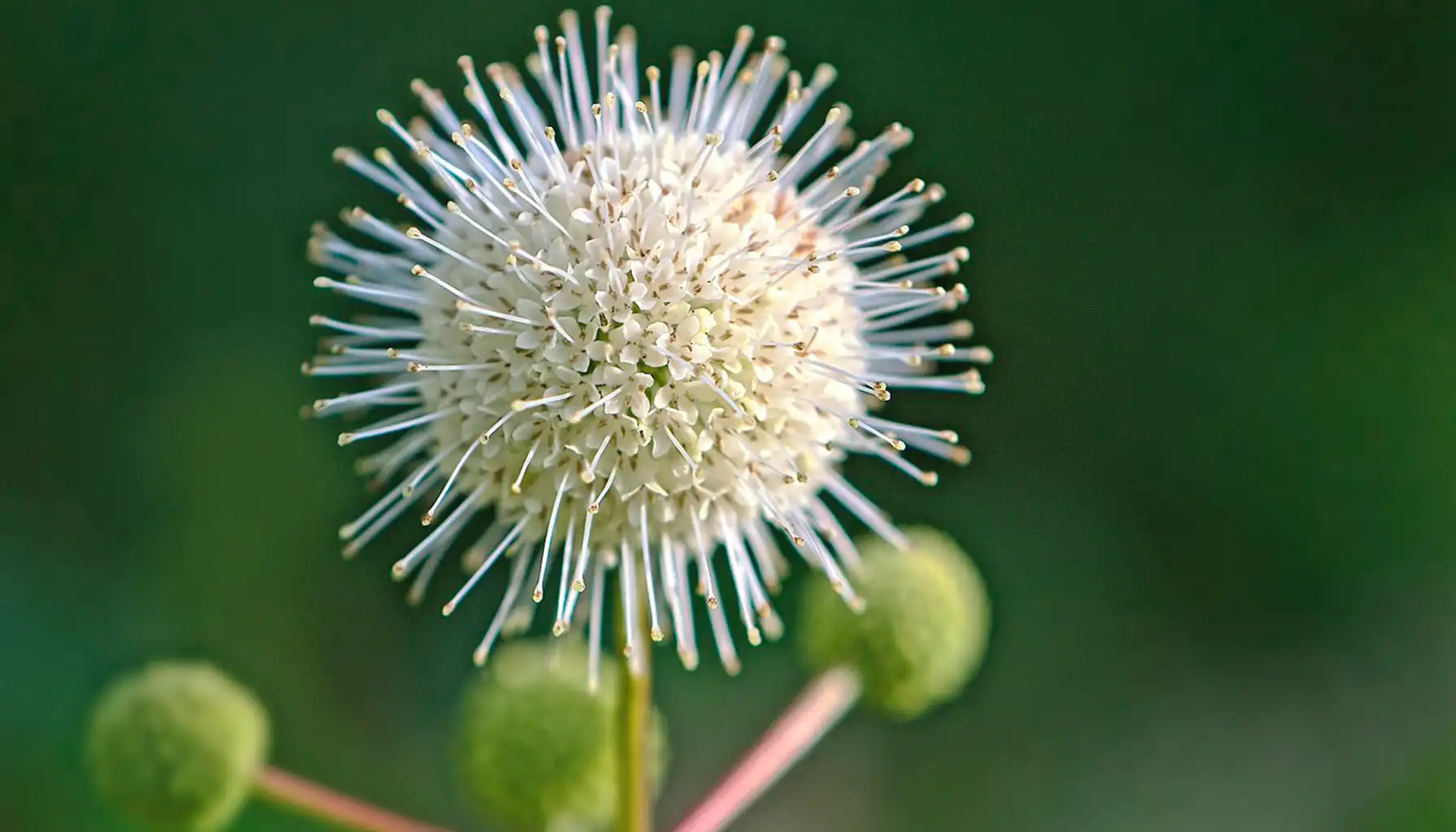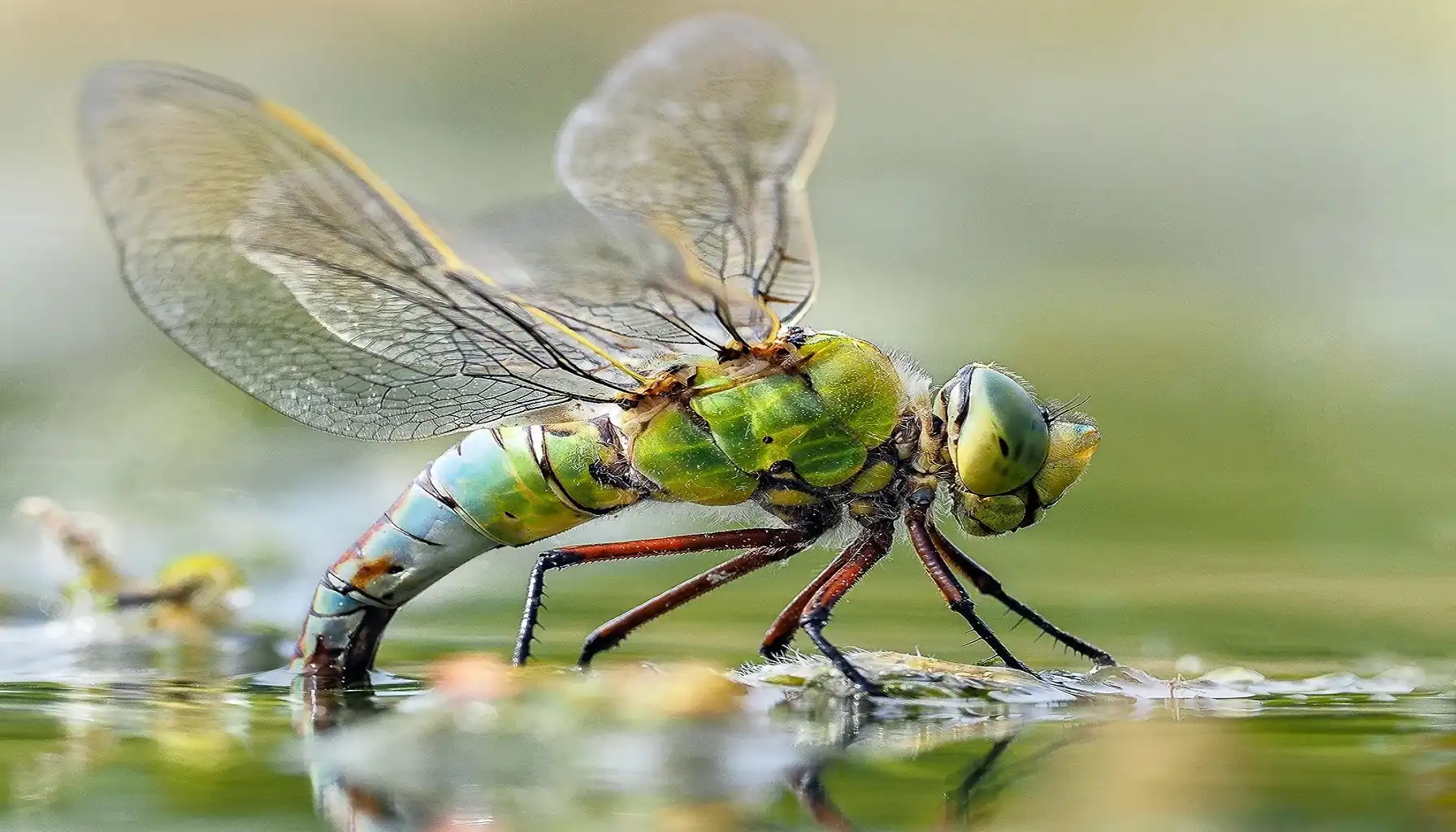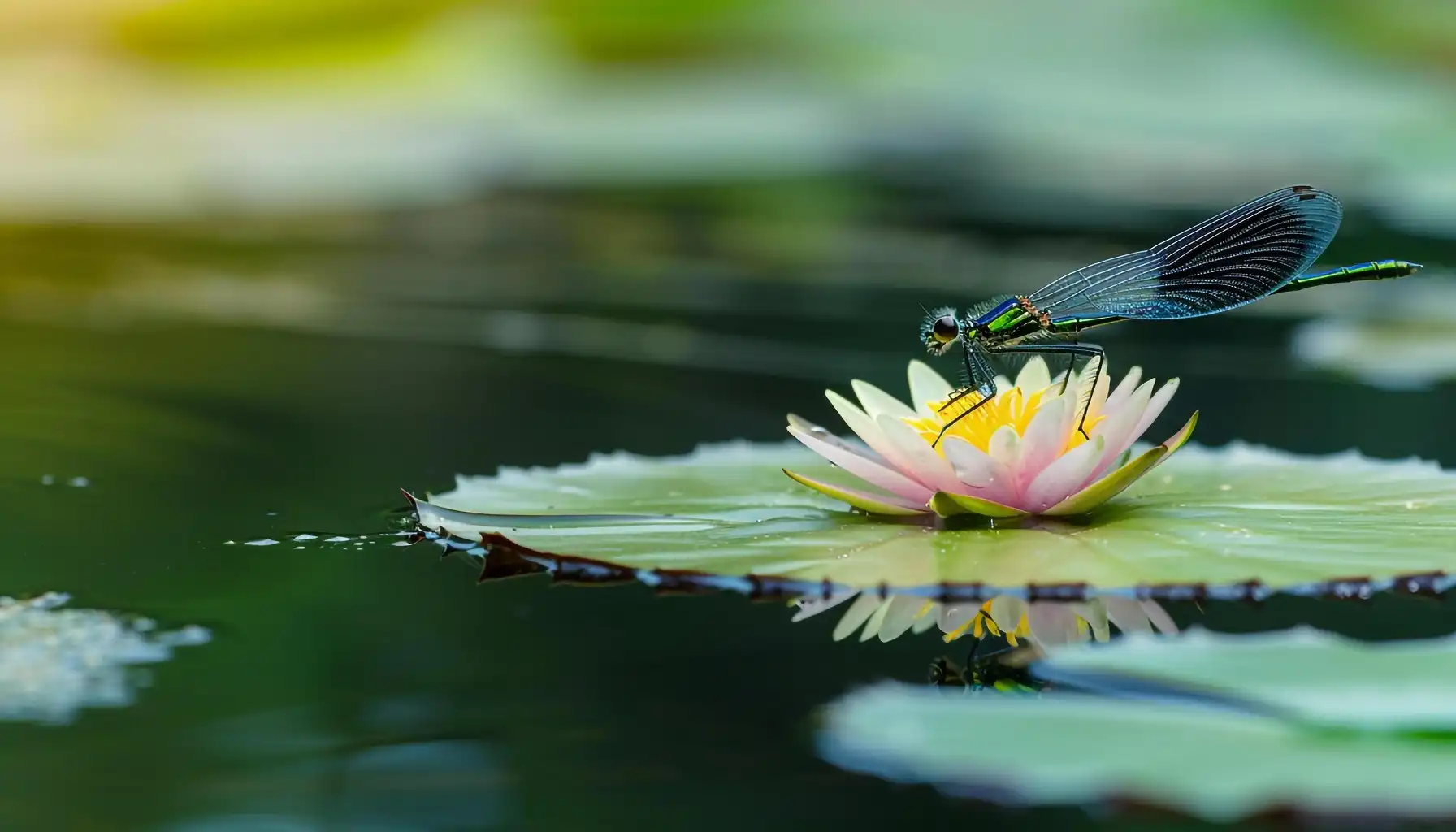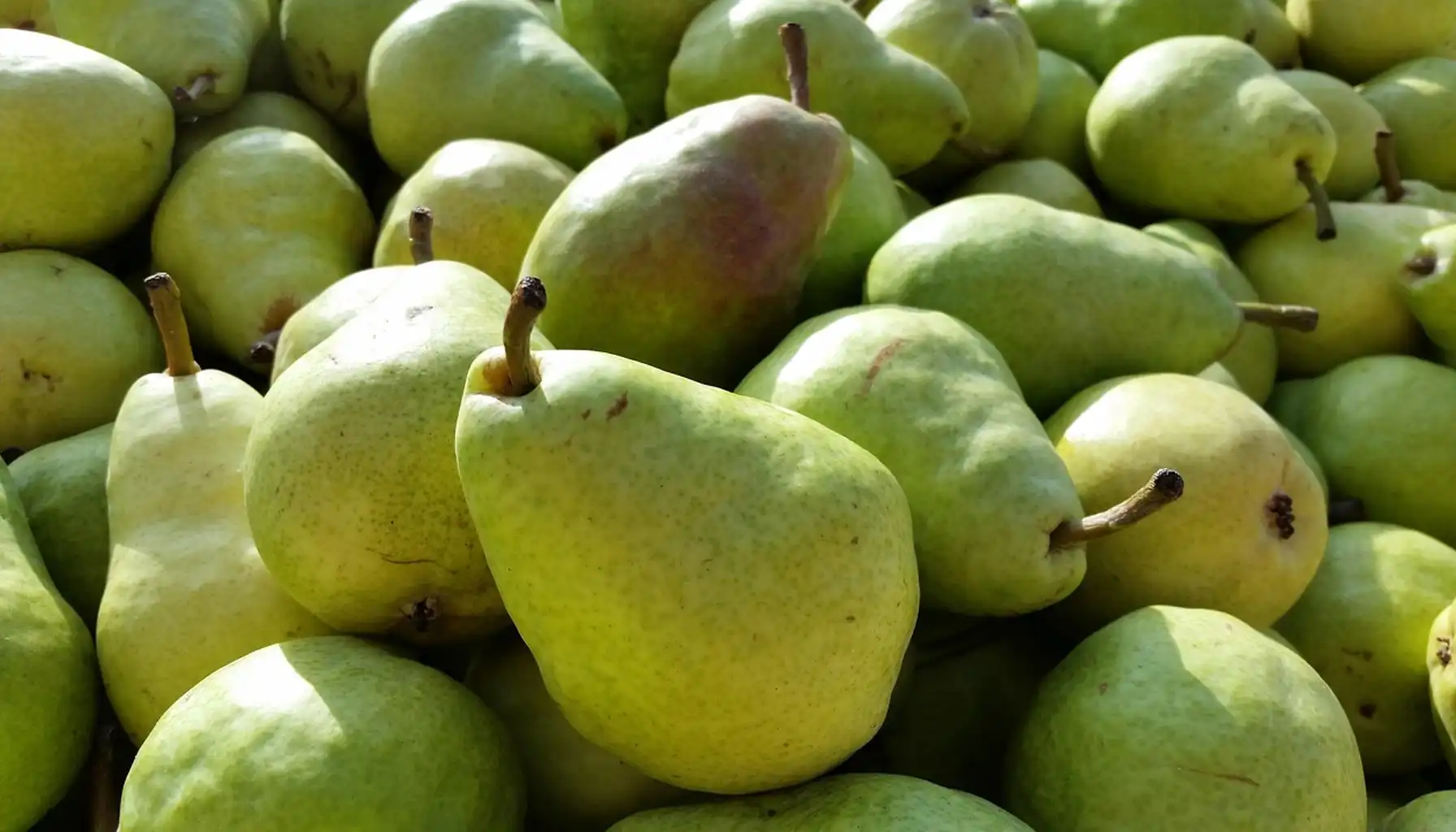For many years, dragonflies have been symbols of change and light, courage and strength, as well as good fortune and transition. In reality, though, they have something more beneficial than intangible metaphors and ancient lore. And indeed, attracting them right into the garden might turn into a beneficial experience that is to promote the health of the environment and control predators and prey.
But how to draw in these insects without hurting them? What are the most popular perennial plants that attract dragonflies, and how can plant identifier apps help you choose the right ones? Let us see.
Why Dragonflies Matter
Dragonflies are as peculiar as they are in name. As such, these insects belong to the order Odonata and have existed for over 300 million years (with their ancestors having outlived dinosaurs!). Their appearance is quite distinctive, for they possess dark, elongated bodies, large multifaceted eyes, and two pairs of transparent wings of metallic colors.
In general, dragonflies are considered beneficial, thanks to their skills that facilitate a healthy environment (and vice versa). In particular, because of their natural habit to rely on clean water to reproduce and diverse vegetation for hunting and shelter, dragonflies are seen as bioindicators, i.e., the organisms whose health reflects the quality of their habitat. But why are they so wholeheartedly welcome in any garden? What are the specific benefits that they provide to us, plant lovers?
Natural Pest Control: Dragonflies eat mosquitoes, gnats, flies, and other small insects, which naturally reduces the need for chemical repellents or pesticides (just like wasps eat aphids, to be true).
Mosquito Population Regulation: Both adult dragonflies and their aquatic nymphs feed on mosquito larvae, which breaks their breeding cycles.
Support for Biodiversity: The presence of dragonflies indeed contributes to the food web and coexisting with other beneficial species.
Bioindicators of Healthy Water: As we have mentioned above, dragonflies rely on clean, still water to breed, so their appearance often signals good water quality and overall environmental health.
Pollination Assistance: Although these are definitely not the primary pollinators, dragonflies can still contribute incidentally by moving from plant to plant (just like all flying insects do).
Low Maintenance Allies: Unlike some beneficial insects, they do not require any support from us, humans. Only a welcoming habitat with water and the right plants is needed. That is it.
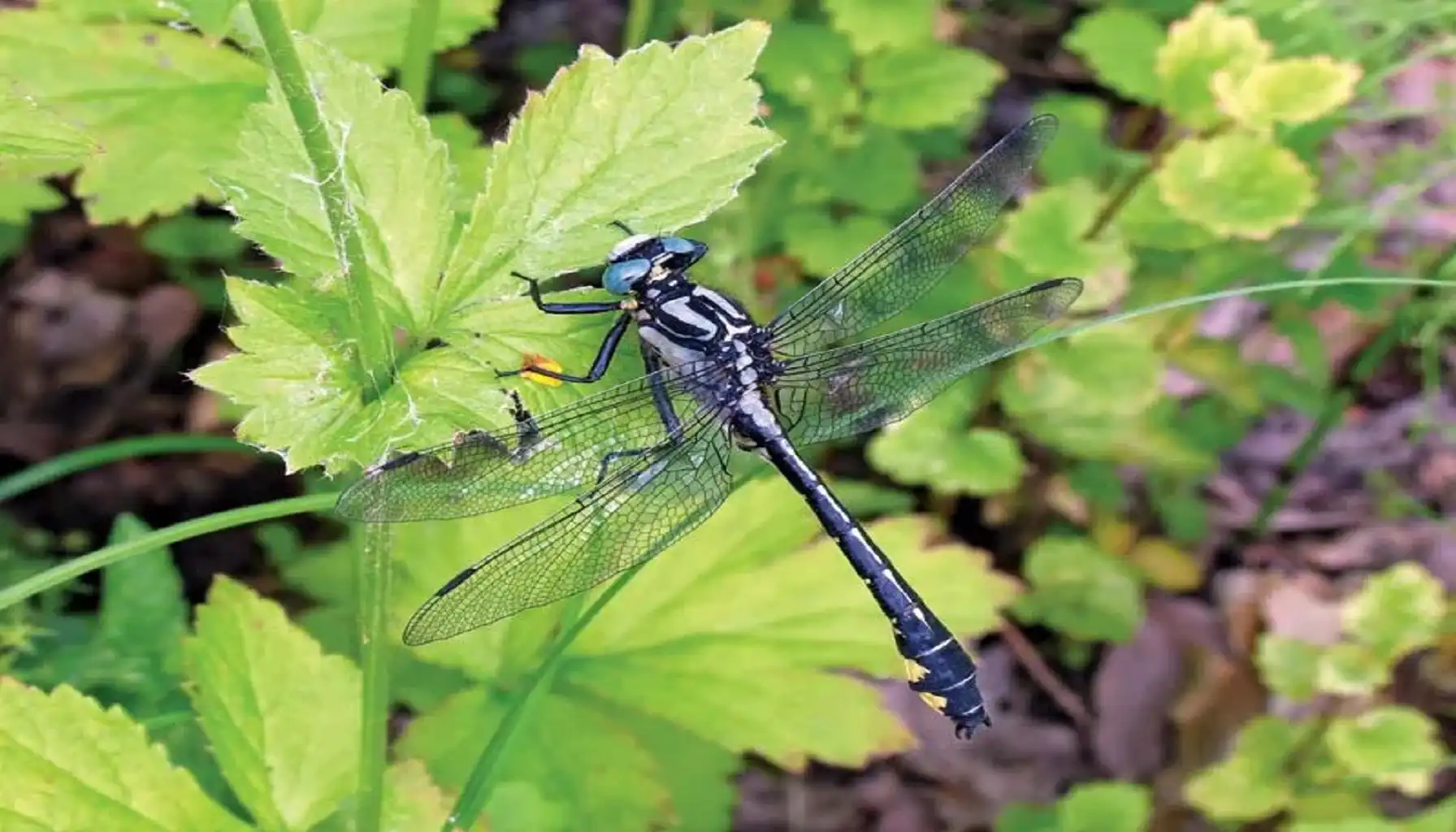
A List of Plants to Attract Dragonflies
The world is interconnected, and each is a player that matters… Should you be considering plants that attract dragonflies in Florida or other states (and countries), it is vital to take a look at those species that fall into one of three categories, i.e., aquatic plants where dragonflies can lay eggs, nectar-rich blooms that support adult feeding (as well as other pollinators), and tall, open plants for perching and hunting.
Most of them, by the way, thrive in moist conditions, which is why providing enough hydration should not be irrelevant, inconsistent with the surroundings and the climate. Explore the most popular plants that attract dragonflies and repel mosquitoes below.
Plant Name | Scientific Name | Type | Zones | Benefit |
Aster | Symphyotrichum spp. | Flowering | 3–8 | Late-season nectar source |
Bearded Iris | Iris germanica | Perennial | 3–10 | Dense foliage offers shelter |
Black-Eyed Susan | Rudbeckia hirta | Flowering | 3–9 | Attracts pollinators and provides perches |
Borage | Borago officinalis | Herbaceous | 3–10 | Rich in nectar; supports bees and dragonflies |
Common Rush | Juncus effusus | Aquatic grass | 4–9 | Adds structure to pond edges |
Cutleaf Coneflower | Rudbeckia laciniata | Flowering | 4–8 | Tall stems perfect for dragonfly perching |
Fanwort | Cabomba caroliniana | Submerged aquatic | 6–10 | Great for egg-laying and larval habitat |
Flowering Dill | Anethum graveolens | Herb | 3–7 | Attracts flying insects and provides cover |
Goldenrod | Solidago spp. | Flowering | 3–9 | Late-blooming nectar source |
Meadow Sage | Salvia pratensis | Perennial | 4–9 | Perching spots and nectar-rich blooms |
Pickerelweed | Pontederia cordata | Marginal aquatic | 3–10 | Great for pond edges; supports larvae |
Pink Muhly Grass | Muhlenbergia capillaris | Ornamental grass | 6–9 | Airy structure for perching and movement cover |
Sago Pondweed | Potamogeton pectinatus | Submerged aquatic | 4–10 | Vital for larval stages in water |
Tickseed | Coreopsis spp. | Flowering | 4–9 | Bright blooms attract insects and dragonflies |
Water Lily | Nymphaea spp. | Floating aquatic | 4–10 | Egg-laying site; shade for larvae |
Related article: Why Wasps Do Matter: Benefits of Wasp Presence in the Garden
Bonus Tip
However, planting new species is not the only thing you can do for sure. There are numerous small steps that can improve the quality of your garden overnight. One of the simplest? Knowing exactly what is already growing in it. AI Plant Finder is a plant identification app that helps one instantly identify plants, discover their benefits, detect diseases, and choose what to keep, what to remove, and what is yet to be added next. AI Plant Finder is like an educational resource yet with extra benefits.
Find a balance between the floral and faunal worlds and introduce plants that attract dragonflies in California and other states. Keeping them together is inexorable, so try your best to make your garden a better place for both to thrive!
AI Plant Finder Related Posts
